Surprising Junk Food Ad Ban: 11 Foods

Table of Contents
Surprising Junk Food Ad Ban: 11 Foods That Might Surprise You
The fight against childhood obesity and the promotion of healthier lifestyles is ongoing. Many countries are implementing stricter regulations on advertising, particularly targeting junk food ads aimed at children. But the definition of "junk food" is surprisingly broad, and some recently banned or restricted items might leave you scratching your head. This article explores 11 foods that have fallen under the scrutiny of junk food advertising bans, highlighting the complexities of this public health debate.
The Growing Concern: Why Ban Junk Food Ads?
The rationale behind banning or restricting junk food advertising, especially to children, is straightforward: limit exposure to highly processed, often unhealthy foods linked to obesity, diabetes, and other health problems. Children, being particularly vulnerable to advertising's influence, are a key demographic targeted by these restrictions.
However, the implementation of these bans presents challenges. Defining "junk food" is subjective and often leads to heated debates. What constitutes "unhealthy"? The criteria vary across regions, leading to inconsistencies and unexpected inclusions on banned lists.
11 Unexpected Foods Affected by Junk Food Ad Bans:
This list showcases the diversity and sometimes surprising nature of products affected by advertising restrictions:
-
Fruit Juice: While seemingly healthy, many fruit juices are high in sugar and lack the fiber found in whole fruits. This has led to their inclusion in some advertising restrictions. Consider the sugar content before assuming all fruit juice is a healthy choice.
-
Breakfast Cereals: Many popular breakfast cereals, despite their colorful packaging and cartoon mascots, are loaded with sugar and refined grains. Many countries are scrutinizing their advertising, particularly those aimed at younger audiences. Look for cereals with low sugar content and high fiber.
-
Yogurt (Certain Types): While yogurt can be a part of a healthy diet, many commercially available yogurts are packed with added sugar and artificial sweeteners. These versions often fall under stricter advertising regulations. Choose plain yogurt and add your own fruit for a healthier option.
-
Pizza: A popular choice for families, many pizzas are high in saturated fat, sodium, and calories. Advertising restrictions often target high-calorie, processed pizza options. Opt for homemade pizza or healthier restaurant options with whole-wheat crust and plenty of vegetables.
-
Sweetened Baked Goods: Cakes, cookies, pastries, and other baked goods are frequently targeted due to their high sugar and fat content. Advertising bans often focus on limiting exposure to these tempting treats, especially for children. Bake your own treats using healthier ingredients to control the sugar and fat.
-
Ice Cream: A beloved dessert, many ice cream brands are high in saturated fat and added sugars. This leads to inclusion in advertising restrictions. Choose ice cream sparingly and opt for lower-sugar options or homemade alternatives.
-
Potato Chips: A classic snack, potato chips are notoriously high in sodium, unhealthy fats, and calories. Their inclusion in ad bans is widely accepted due to well-documented health concerns. Consider healthier snack alternatives like fruits, vegetables, or air-popped popcorn.
-
Candy: This category is generally expected in advertising bans, given the high sugar content and minimal nutritional value of most candies. Limit candy consumption and choose healthier treats.
-
Soda and Other Sugary Drinks: This is a frequent target of advertising bans, due to the well-established link between sugary drinks and obesity, type 2 diabetes, and other health issues. Choose water, unsweetened tea, or other healthier beverages.
-
Processed Meats: Sausages, bacon, hot dogs, and other processed meats are often high in saturated fat, sodium, and preservatives. Recent concerns about their impact on health have led to increased scrutiny of their advertising. Limit consumption and opt for leaner protein sources.
-
Fast Food: This is a clear target for advertising bans, given the high calorie, fat, and sodium content often found in fast food meals. Choose healthier alternatives and cook more meals at home.
The Ongoing Debate: Striking a Balance
The debate surrounding junk food advertising bans is complex and ongoing. While the goal of promoting healthier lifestyles is laudable, the implementation needs to be carefully considered. Clear, consistent definitions, transparent regulations, and ongoing public education are crucial to ensure fairness and effectiveness. Ultimately, empowering consumers with the knowledge to make informed choices remains a key element in achieving better health outcomes.
Off-Page SEO Considerations:
- Build high-quality backlinks: Reach out to relevant health and nutrition websites and blogs to link to this article.
- Social media promotion: Share the article on social media platforms, using relevant hashtags such as #junkfoodads #healthyeating #childhoodobesity #nutrition.
- Engage with comments and discussions: Respond to comments and participate in relevant online discussions to increase visibility and authority.
This comprehensive approach will improve the article’s ranking in search engine results pages (SERPs) and attract a wider audience. Remember to regularly update the content to maintain relevance and freshness.

Thank you for visiting our website wich cover about Surprising Junk Food Ad Ban: 11 Foods. We hope the information provided has been useful to you. Feel free to contact us if you have any questions or need further assistance. See you next time and dont miss to bookmark.
Featured Posts
-
Bbc Strictly Tashas Show Update
Dec 04, 2024
-
Bluetooth Fireplace Tv Stand
Dec 04, 2024
-
Exterior Designs Landscaping
Dec 04, 2024
-
England Ends 2024 On Winning Note
Dec 04, 2024
-
Jasleen Kaurs Turner Prize Winning Exhibit
Dec 04, 2024